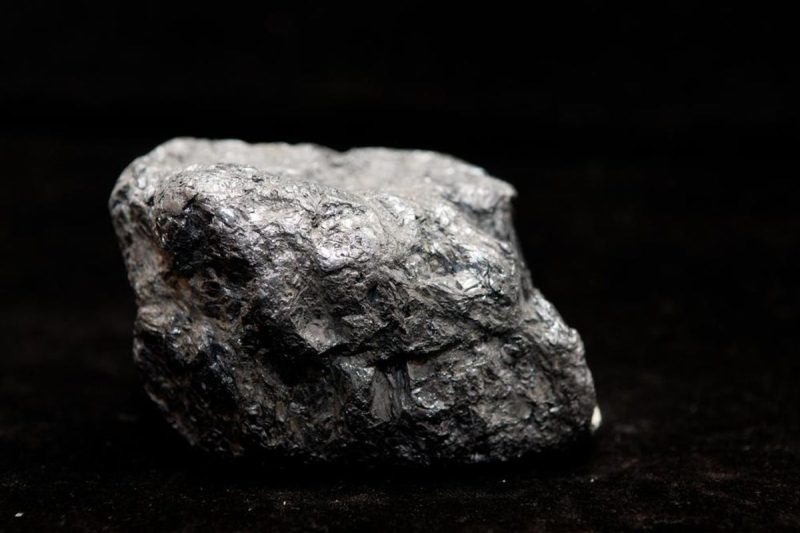1. China – The global leader in rare earth reserves, China tops the list with a significant share of the world’s total reserves. The country has been a key player in the rare earth market due to its abundant reserves and dominant position in mining and production. China’s control over rare earth elements has raised concerns among other countries over potential supply chain disruptions.
2. Vietnam – Positioned as the second-largest holder of rare earth reserves, Vietnam has been gaining attention for its untapped potential in the rare earth market. The country’s reserves mainly consist of light rare earth elements, making it a valuable player in the supply chain of these critical minerals.
3. Brazil – Brazil holds the third position in terms of rare earth reserves, particularly rich in heavy rare earth elements. The country’s reserves are strategically important as heavy rare earth elements are essential for high-tech industries such as electronics, renewable energy, and defense.
4. Russia – Russia is another significant player in the rare earth market, boasting considerable reserves across a wide range of rare earth elements. The country’s reserves are crucial for various industries, and Russia has been ramping up its efforts to develop its rare earth mining and processing capabilities.
5. India – With a diverse range of rare earth reserves, India occupies a prominent position among the top countries with significant resources. The country has been focusing on enhancing its domestic production of rare earth elements to reduce dependency on imports and strengthen its position in the global market.
6. Australia – Known for its vast mineral resources, Australia is also a key player in the rare earth market. The country’s reserves primarily consist of heavy rare earth elements, making it an important source for industries requiring these critical minerals.
7. United States – The United States has been making efforts to bolster its rare earth reserves and reduce its reliance on foreign sources, particularly China. With reserves spread across various states, the U.S. aims to enhance its domestic production of rare earth elements to bolster its industrial competitiveness.
8. Myanmar – Rounding up the list of top countries with significant rare earth reserves is Myanmar. The country’s reserves include a range of rare earth elements, positioning Myanmar as a potential player in the global rare earth market in the coming years.
In conclusion, the distribution of rare earth reserves across these top eight countries highlights the importance of securing a stable and diversified supply chain for critical minerals essential for modern industries. As global demand for rare earth elements continues to rise, ensuring sustainable access to these reserves will be crucial for the economic development and technological advancement of nations worldwide.
